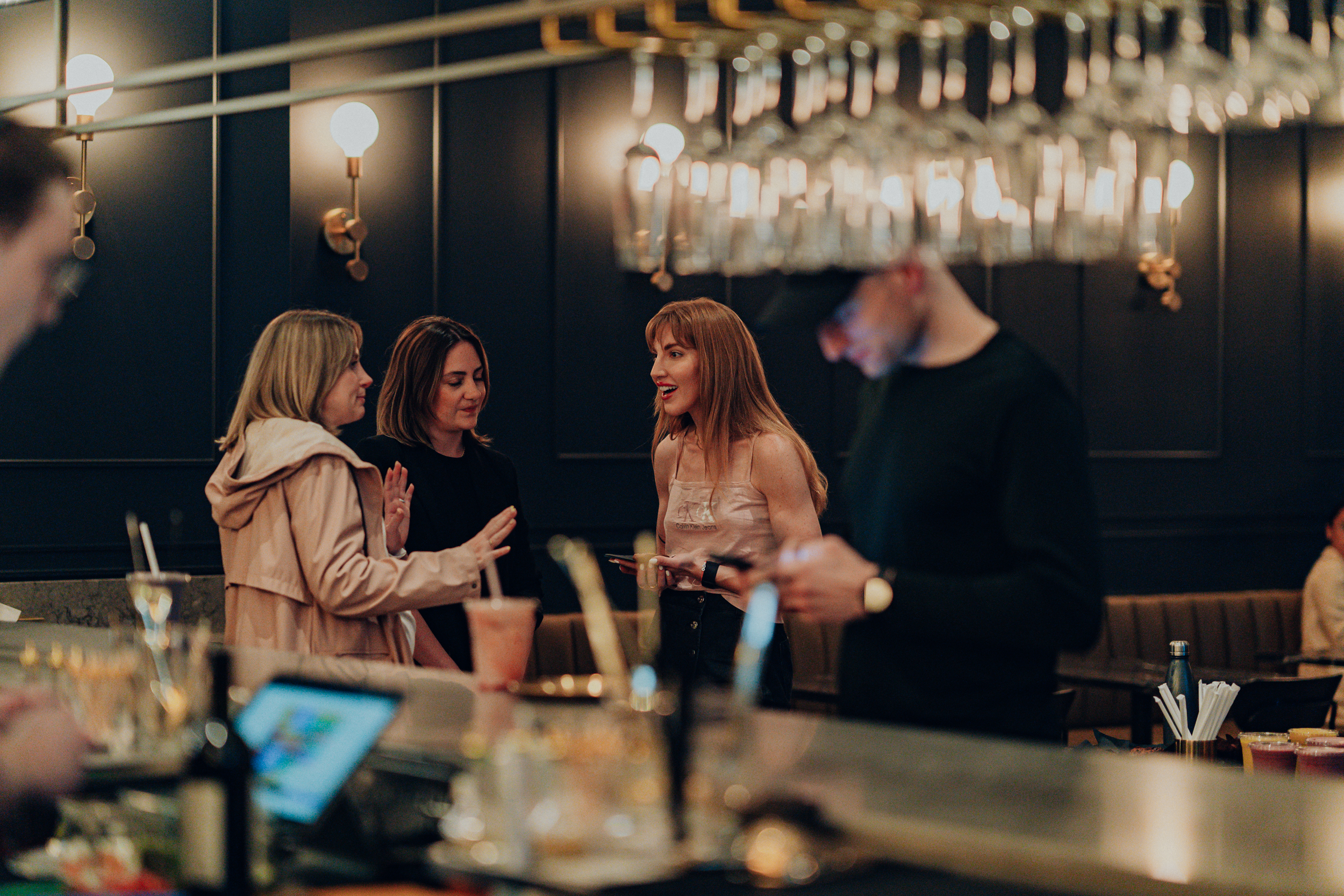Boutique fitness is a pioneer in building human-to-human connections. Especially now, as AI and other technologies make it harder to know what’s real, other industries and brands are looking to boutique fitness studios and taking notes on how we build communities.
A key part of this is the idea of the “Third Space” – a term popularized by sociologist Ray Oldenburg in the early 2000s. He identifies Third Spaces (or places) as being neutral ground where people can gather and interact, outside of their first places (home) and second places (work). Becoming someone’s Third Space is extremely powerful. It transforms your fitness studio into an authentic, long-lasting community.
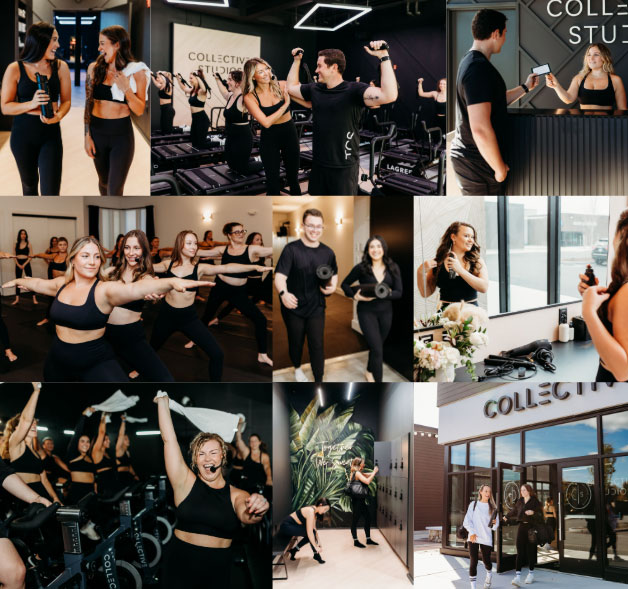
At Mariana Tek, we talk a lot about how we help studios grow. It’s not a perfectly timed email or a flash sale – it starts with building real connections and becoming someone’s Third Space. That’s why I was so excited to host this webinar with two incredible studio owners who are truly living the community first approach: Ashley Iwanicki, founder and CEO of The Collective Studios (TCS) in New Hampshire; and Gina Caifano, Founder and CEO of The Garage Chicago. We were joined by Shannon Tracey, VP of Marketing and Sales at Mariana Tek, who managed the original SoulCycle studio in New York City and launched 26 locations at Flywheel Sports.
This conversation wasn’t just “feel good” inspiration. It covered the details of how to turn your studio into someone’s Third Space. If you’re trying to boost retention, deepen loyalty, or just make your space feel more human, this webinar is for you.
Here are some key takeaways below, and be sure to watch the full webinar for even more insights.
Watch: Make Your Studio a Third Space: Community Engagement Strategies That Lead to Business Growth
Key Takeaways from Mariana Tek’s Webinar on Community Building in Boutique Fitness
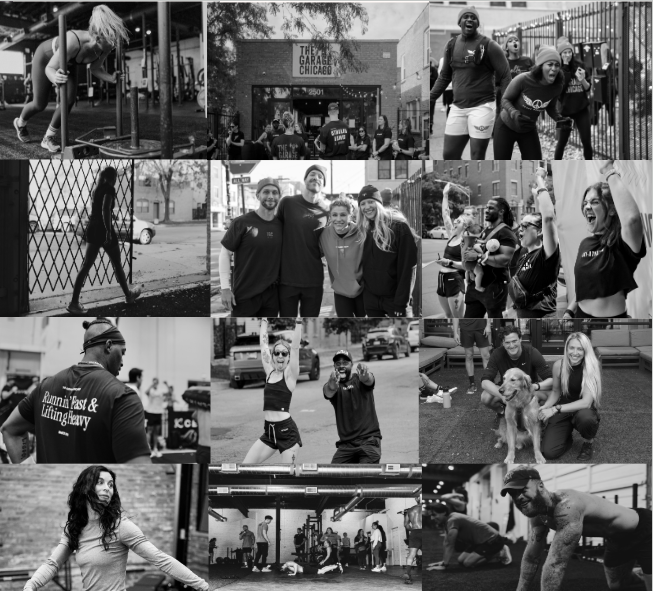
- Environment is equally as powerful as movement.
“Environment plays just as critical of a role in transformation – emotionally, mentally, spiritually, and physically,” Ashley says. What happens when you start to merge these two things together? “You create a space that is not just functional but deeply meaningful in the lives of your clients and community.”
It’s important to be intentional in choosing what to do with your environment and how much to invest. Ashley suggests coming back to one key question: What will help your clients feel seen, cared for, and inspired to return?
From there, she says, “we prioritize anything that helps reduce friction, personalizes the experience, or deepens their sense of belonging.”
“We prioritize anything that helps reduce friction, personalizes the experience, or deepens their sense of belonging.” -Ashley Iwanicki
- Real communities don’t happen by accident.
If you joined the webinar, you may have picked up on one word coming up repeatedly: Intentional. Both Gina and Ashley spoke at length about the intentional choices they’ve made to cultivate community and use it as a growth lever.
“It’s never this one-size-fits-all plan. People come to us with different goals, different needs, and at different moments in their lives,” Gina says. “We built our little sub-communities by learning what our brand truly needed and by listening to our athletes every step of the way.” - You don’t need a huge budget to create a Third Space.
Even with limited resources, there are impactful ways to elevate the environment you present to clients. Ashley recommends doing a walkthrough of your studio as if you’re a first time guest. “Literally go up to the desk, be greeted, check in, go into the locker room… then notice and observe throughout the exercise: What feels clunky? Where’s the friction? And how could you make this experience feel more human?”
Start by choosing one to two key moments that you can elevate – it could be as simple as a handwritten note, a playlist, or a cool towel. All of these small intentional touches go a long way. Done with consistency, they create a space and an experience that people want to return to again and again.
“A Third Space really isn’t about luxury,” Ashley says. “It’s more about presence, care, and connection. Hear some examples of how Ashley transformed TCS into a Third Space on the webinar. - Words matter.
The language you choose to use around your studio can also shape the type of Third Space you’re developing.
The Garage Chicago, for instance, has “coaches” and “athletes”. Even when they added another studio – The Apartment – and started offering yoga classes, Gina had to help the instructors to understand why they wouldn’t be using the typical teacher/student language.
“There’s something really special about using the titles coach and athlete,” she says. “It makes that yoga student now feel seen – that they aren’t just identified as a yogi, they can be identified in any form of movement. I think it opens up the door to building these sub-communities.”
Gina is taking the idea of language and the Third Space so seriously, in fact, that they’re literally naming a cafe after it. The Third Space Cafe will be a gathering space for nourishing community inside and out. As Gina puts it, “It’s where the reps stop and the connection continues.”
“There’s something really special about using the titles ‘coach’ and ‘athlete.’ It makes a client feel they can be identified in any form of movement. It opens up the door to building these sub-communities.” -Gina Caifano
- Focus on building an authentic brand behind your Third Space.
As Shannon points out, both Ashley and Gina are crystal clear on who they’re serving and what their intentions are for the community they’re cultivating. To get to that point, she notes the importance of making sure your team knows your vision. “Studio owners and founders are likely clear on all these things,” she says. “But oftentimes we aren’t as strong about communicating that vision out to our teams. Being able to translate that have your team understand it at scale is key to deliver an authentic brand experience, every time.”
Audience Questions, Answered
Part of the webinar brought in questions for our panel from studio owners like you. Read below for a preview, but be sure to watch the full webinar for answers to all the top questions!
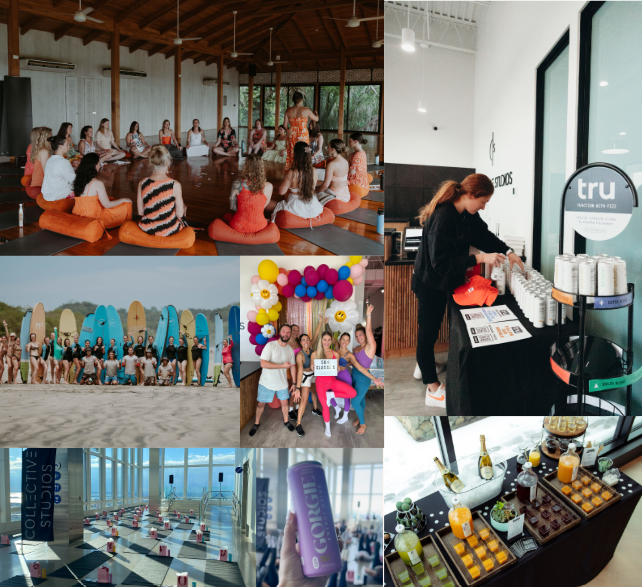
Q: Have you changed anything about your schedule to allow more time for socialization between classes?
Ashley: We’ve designed our schedule very intentionally with a 15-minute transition. This creates a sort of holding period where clients are waiting in the hallway for us to open the doors to the studio to allow them to come in, and that’s a really key moment for them to mingle, chat, and get to know each other.
The in-between moment is really key, because once clients come into the studio spaces, their focus shifts to equipment and setup. So, we try to empower our instructors to use this pre-class time to spark conversation and connection – things like a quick icebreaker or friendly introduction can really help a client, especially a new client, feel welcome into your space.
Retention matters, so these small little moments of connection will help people feel more connected to your space, your team, and other clients.
Q: Could you share some tips for community outreach events, and booking leads on the spot during those events?
Gina: What has really worked for us is planning our whole year out in advance. Look at your city and see things like when are the running races happening (mark those off as not the best weekends for an event), when are the holidays (the weekends after holidays are great for big events), etc.
It doesn’t have to be a fitness competition, either. It could be a fundraiser including other local gyms or businesses, supporting them and growing authentically together. What it’s really about is being able to bring people together and have it be successful, where your athletes actually want to show up.
The truth is, when you put effort into that first event, it gets easier every year. You’ve already done all the planning, and you just kind of replicate it. Now, it’s like your own mini-tradition!
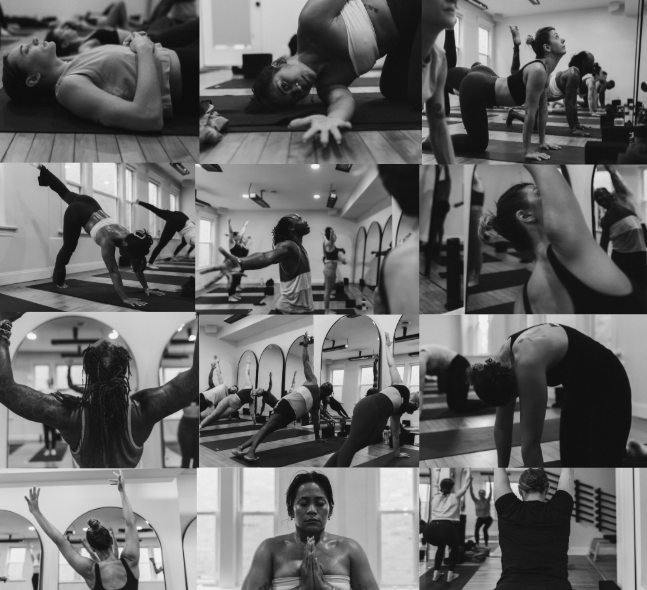
Q: How long does it usually take for someone who buys packages to convert to a membership? What’s a good baseline timeline?
Shannon: What we see across our whole base is that it typically takes around three visits for people to convert to a membership or a larger package. It’s so important to take a look at the number of classes attended, especially for those of you that are running certain modalities like Lagree, for example, that take a while to really understand and feel comfortable with.
It’s always a good idea to treat your second- and third-timers like first-timers, especially in that key window where you have to start to convert people in their early days with you.
The biggest takeaway for me personally? Community isn’t a side effect of a great studio – it’s the engine behind it. Whether it’s rethinking the words you use to describe your team, or allowing additional time between classes for connection, the magic is in intentional choices.
Building a Third Space doesn’t require a rebrand or spending lots of money. It requires you to be present, clear, and consistent. Let’s keep building spaces where people don’t just work out—but belong.
Be sure to watch the full webinar below. Thanks to Ashley Iwanicki and Gina Caifano for joining us and sharing their insights!

by Wes Hight
-
First published: April 09 2025
Written by: Xplor Mariana Tek
